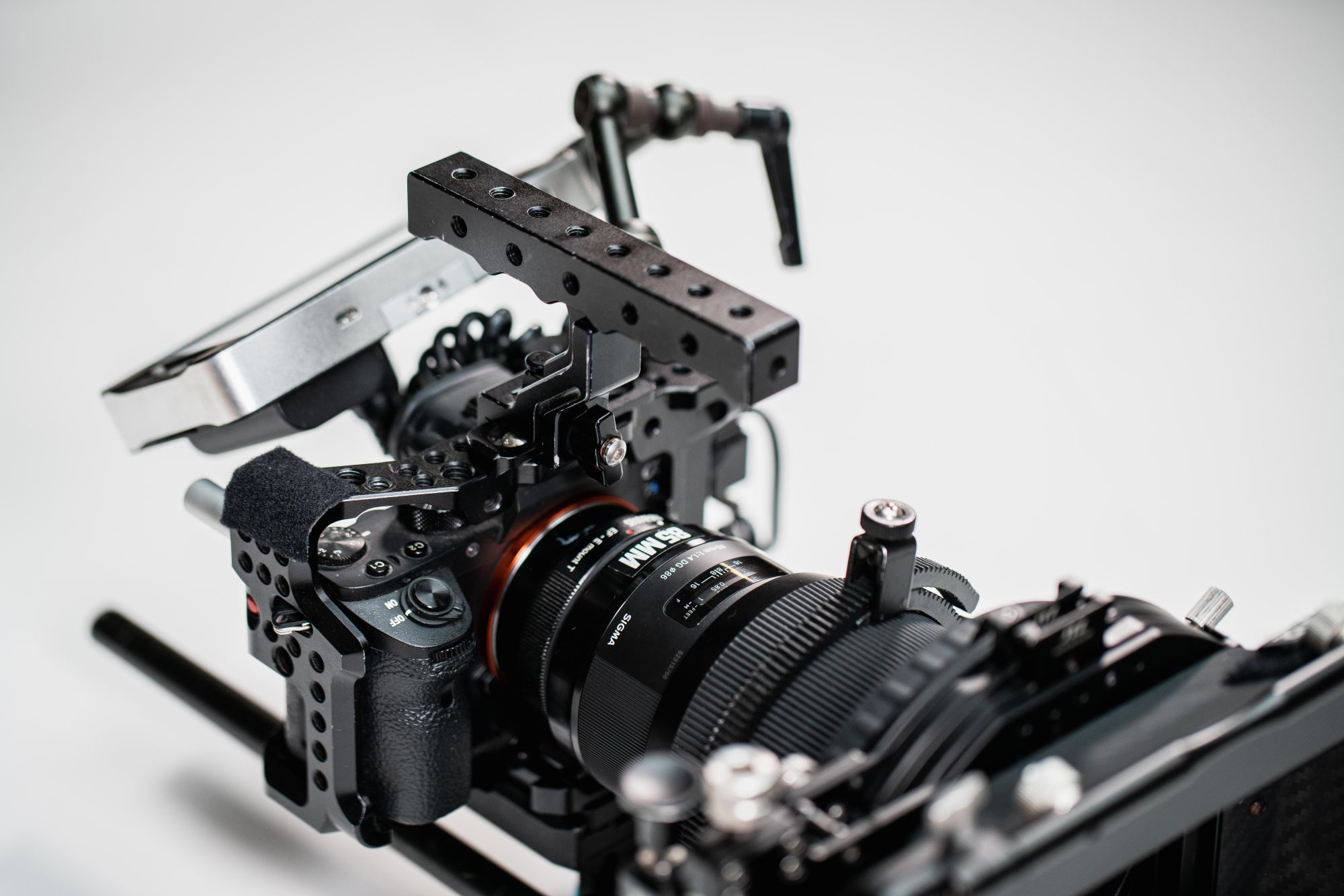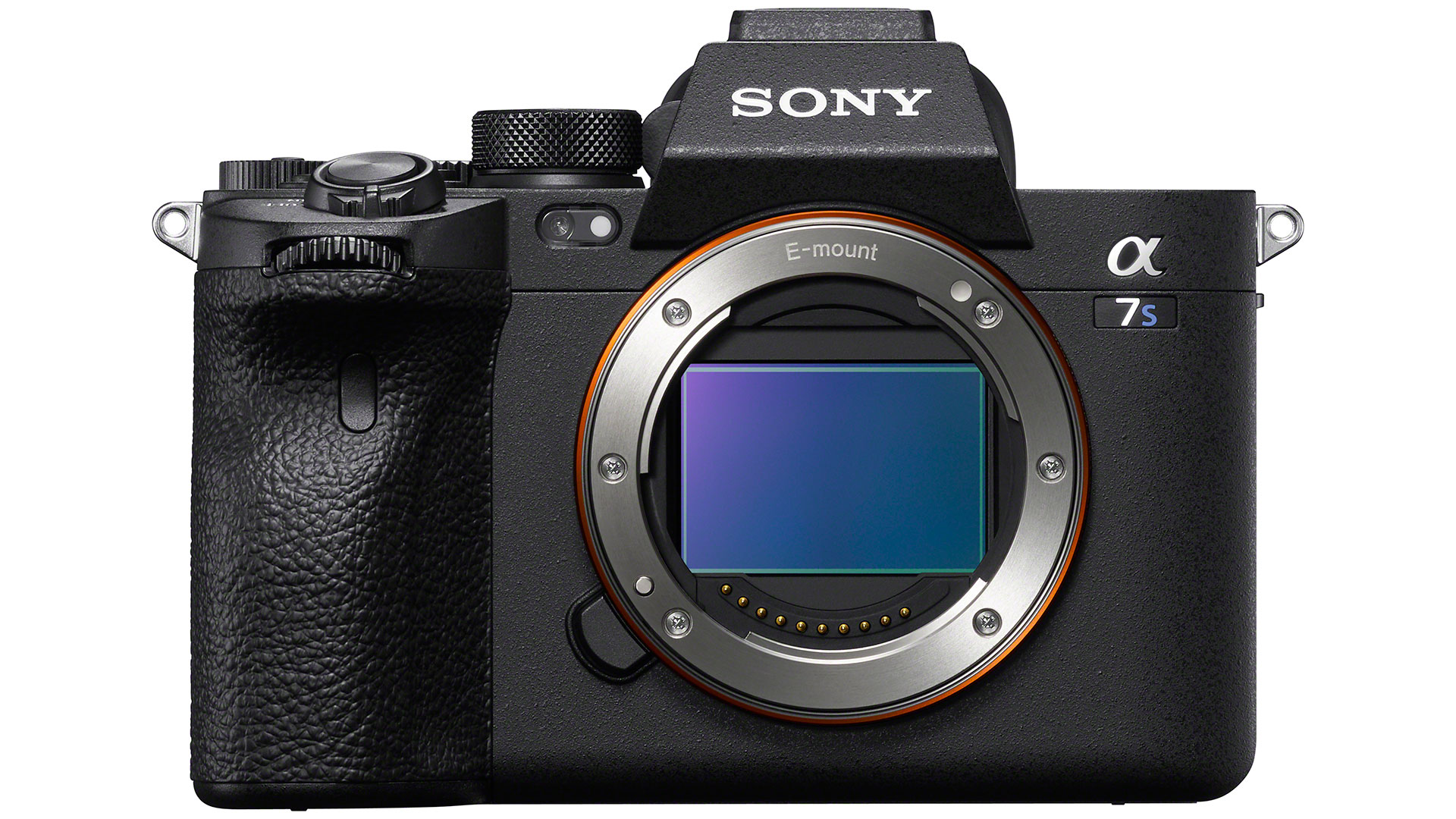

It’s surprising that Sony has taken so long to offer it, but regardless, we are happy it’s here. Monitor resolutionīeing able to flip out the monitor is fantastic. Pair that with putting all of your needed menu options in your favorite menu and you can have any control just two or three clicks away. In fact, all of the dials and buttons can be reassigned. It even has an easy to find record button, though you can reassign it to do something else if you’d like. The dials and buttons for exposure control are right where you need them. The grip on the camera is very nice, it’s deep enough to be able to have the camera hang from your fingertips but it’s not so large that you’d be concerned by its weight. Lastly, it has a fully articulating monitor, a first for the Sony Alpha line. Another exciting feature is the ability to output 16-bit RAW out the HDMI, though at the time of this review, there aren’t any external recorders that can capture it. The camera comes with the far superior battery, shared with the a7R IV, but grows in size over the previous a7S II. This new media allows for the top data rate when shooting at 280Mb/s. Don’t confuse this with the larger CFexpress Type B cards that share the XQD form factor. It has two media card slots for either SD cards or the new CFexpress Type A cards.

If that wasn’t enough frames for you, it can shoot up to 240fps in HD also in 4:2:2 10-Bit. The Sony a7S III can capture up to UHD 4K in 10-bit 4:2:2 at 120 frames per second (fps) at 280 megabits per second (Mb/s) in full-frame. Sony a7SIII with 35mm f2.8 lens The high-level specs We like this camera, but it doesn’t come without flaws, we’ll discuss the good and bad. It’s a better camera than its predecessor by a long shot, and in a time when high resolution is the story for most camera manufacturers, Sony just gave us everything we could ask for and nothing more. Was the Sony a7S III wait worth it? You bet it was, this thing is awesome! It’s a solid camera.

It’s been almost 5 years since the a7S II was released.


 0 kommentar(er)
0 kommentar(er)
